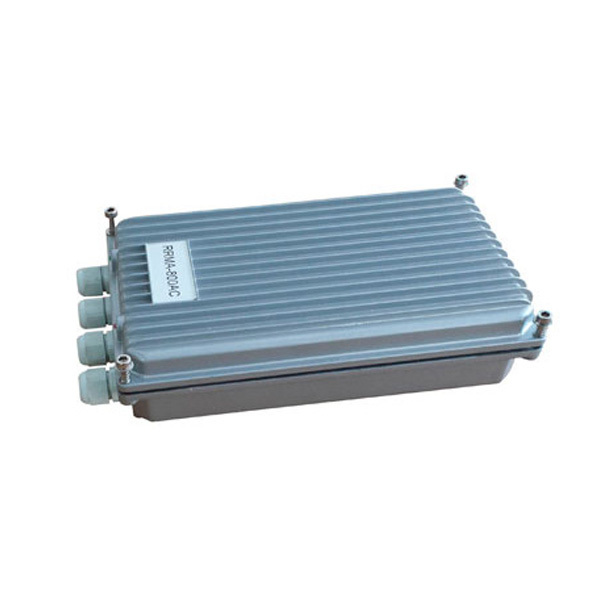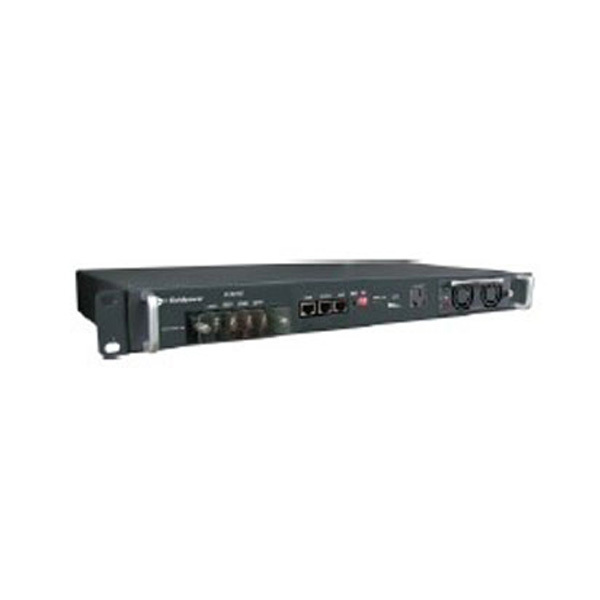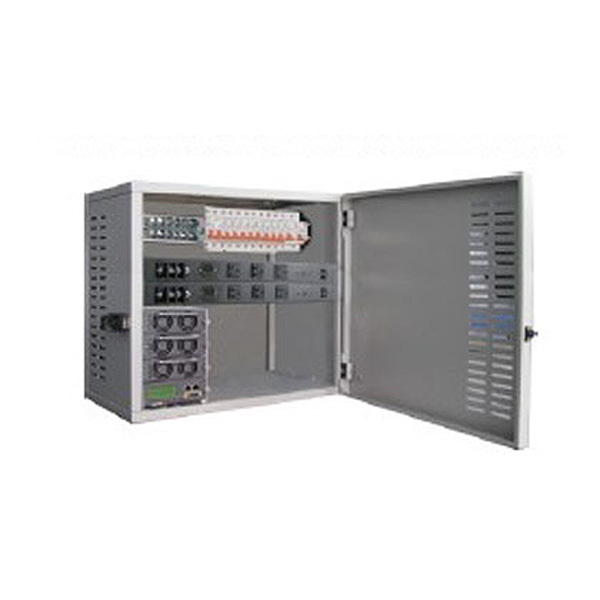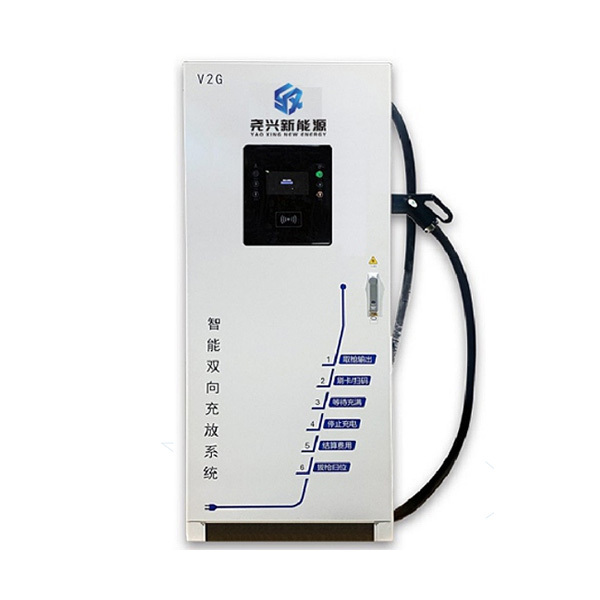
Share
Oil-to-electricity project
Still deciding? If you are interested, you need to take a sample first,Contact us!
Product Category
Tag
Charging pile
Power industry
- Product Description
-
Conversion Project of Oil Vehicles to Electric Vehicles and Analysis of Advantages After Conversion
Technical Advantages
1. Modular design of electric drive module, which can be assembled on-site at the user's location
2. Mature solution, tested in practical applications, and applicable to various types of construction machinery, including forklifts, loaders, and tank trucks
3. Compatible with user operation methods, simple and easy to use, and will not cause driver discomfort
4. Openness, compatible with mainstream construction machinery manufacturers' products
5. In response to user needs, small batch customization, even a single special model can be customized (other companies in the market only have mass-produced models, with limited choices)
3+1+1 Model One-stop service! Customer first! Diverse choices
Service Advantages
1. Three customized oil-to-electric conversion schemes
Diverse and customer-friendly service solutions: conversion, rental, and sales are available.
2. One flexible financial plan
Flexible financial plans reduce the financial burden on customers; loans, installments, and mixed options are available.
3. One complete charging pile/vehicle supporting plan
Backup vehicles are provided to ensure production is not affected during the conversion period (customers return the converted vehicle, and the company provides a backup vehicle; the agreed conversion period is rented at the lowest market price, and use beyond the agreed period is free)
For non-road mining enterprises, charging piles are provided at the factory price.
If installing a charging pile for temporary projects is not cost-effective, a mobile temporary charging pile can be provided (refer to market prices)
Serial Number Comparison Type Before Conversion After Conversion 1 Electricity/Fuel Costs Taking a 50-ton loader as an example, the fuel consumption is 18 liters per hour. Working 10 hours a day consumes 180 liters of fuel. With fuel prices at 8 yuan/liter, the daily fuel cost totals 1440 yuan. Working for 10 hours consumes approximately 410 kWh, with electricity costing 0.8 yuan/kWh, resulting in a daily electricity cost of approximately 400 yuan. After conversion to an electric vehicle, the power consumption is 41 kWh/hour. 410/1440 = 28.47%
Summary: Electricity costs are approximately 28% of fuel costs.
2 Maintenance and Repair A 50-ton fuel vehicle costs 300 yuan per month for maintenance, including oil changes and cleaning of the fuel system, totaling 15600 yuan per year. Major engine overhauls are performed every two years at a cost of 32000 yuan, averaging 16000 yuan per year. Total annual maintenance and repair costs are 31600 yuan. New energy electric vehicles require only cleaning and have no maintenance or repair costs.
Summary: Maintenance and repair costs for electric vehicles are only 6% of those for fuel vehicles.
3 Noise The engine is noisy. Electric start mode, low noise
4 Flexibility The diesel engine's accelerator pedal is heavy, and the power makes steering cumbersome. Operation is flexible and light.
5 Power Diesel engine operation mode: Fuel burns in the compressed cylinder, pushing the piston, connecting rod, crankshaft, drive shaft, and finally the hydraulic pump. New energy electric vehicle operation: Directly powers the electric motor, which drives the hydraulic pump through the drive shaft, making the operation direct.
Summary: Direct operation, strong power, fast and stable acceleration.
6 Monitoring
No energy consumption data analysis and cost analysis Use a battery monitoring platform for dynamic monitoring and data analysis on a weekly, monthly, and annual basis.
Summary: Intuitive, specific, and real-time monitoring
7 Environment The exhaust gases emitted by diesel engines contain large amounts of nitrogen oxides, carbon dioxide, carbon monoxide, hydrogen sulfide, and particulate matter. Among them, nitrogen oxides and particulate matter have the most serious impact on air quality, leading to air pollution and health problems. Electric vehicles do not emit any exhaust gases during operation, addressing environmental pressures and reducing carbon emissions.
Product Inquiry
* Note: Please leave your contact information, our professionals will contact you as soon as possible!
















